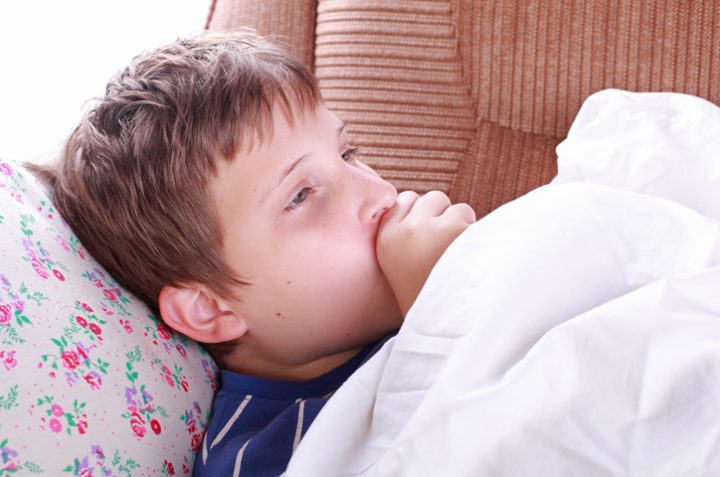Pneumonia is a serious medical condition. It is often caused by a bacterial infection of the lungs after the onset of a virus. Other kinds of pneumonia are not caused by bacteria but by viral infection, although they are equally serious. Medical professionals should be consulted immediately after symptoms appear, especially when they appear in young children.
Symptoms
Symptoms of pneumonia vary depending on a child’s age. They also depend on the origin of the pneumonia. For children and infants over one month in age, symptoms are similar to those seen in adults. Symptoms of bacterial pneumonia include coughing that produces green or bloody mucus, high fever, shaking and chills, rapid heartbeat, chest pain, fatigue, nausea, and diarrhea. Non-bacterial, viral pneumonia causes fever, coughing, and shortness of breath, but the coughing does not produce mucus. Meanwhile, in infants younger than one month of age, symptoms may include fever, lethargy, poor feeding, and grunting.
Diagnosis
The process for diagnosing pneumonia in children varies from doctor to doctor and hospital to hospital. A doctor may listen to a child’s heartbeat, or measure the amount of breaths they take within 60 seconds. There are a number of conditions with symptoms similar to pneumonia, including bronchitis and tuberculosis, which require different treatment. In some cases, doctors may also conduct blood tests, take bacterial samples from mucus, or order a chest X-ray.
Treatment
Once pneumonia has been diagnosed as either bacterial or viral, the doctor will choose a method of treatment specific to the type of pneumonia. Bacterial pneumonia is often treated with antibiotics. These must be avoided with viral pneumonia, as antibiotics do not address viruses. Viral pneumonia will often run its course without need for medical intervention. As such, doctors will not want to subject children to more procedures than are strictly necessary.
Immediately after diagnosis, doctors will also consider hospitalization, or whether the child can be cared for at home. In the likely case that the child is deemed fit to be cared for at home, some treatment may include timely doses of antibiotics, and use of a nebulizer for wheezing. Although the cough may seem difficult for a child to deal with, a cough suppressant may hinder more than it helps. Especially with bacterial pneumonia, the cough is the only way by which mucus can be expelled from the lungs. The child’s temperature will also have to be monitored during this time, as their caretaker keeps a wary eye out for possible complications.
Prevention
Although there is no way to eliminate all chances of contracting pneumonia, immunizations and vaccines can significantly reduce the risk. Children who are at high-risk for contracting pneumonia, such as those with chronic illnesses or who are born prematurely, will usually be given special treatments for prevention by their primary care physicians while they are still young.
Featured Image Source: depositphotos/© joruba75

